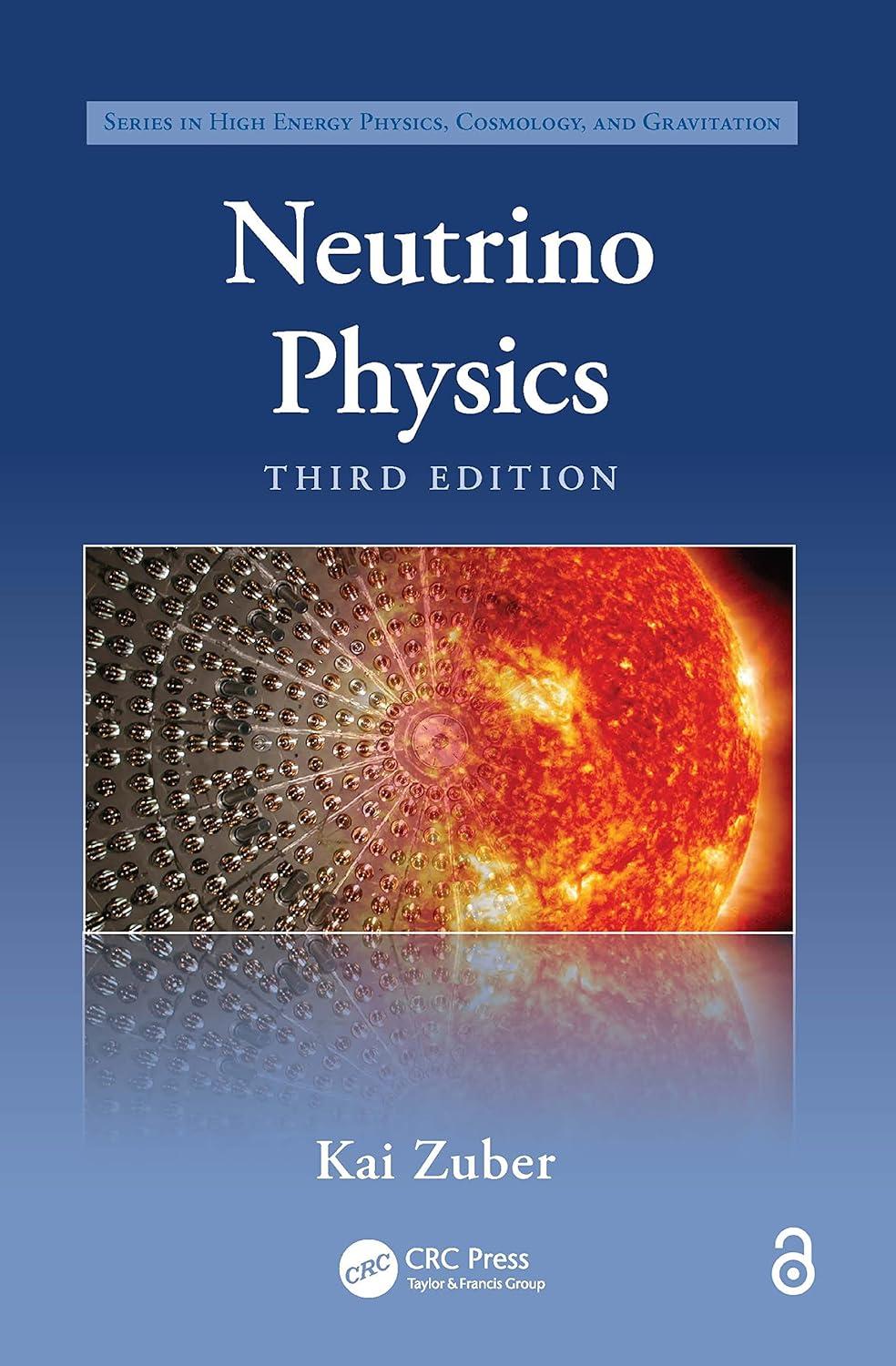Question
1. Interaction between two electrical charges is described by, (a) Newton's law (b) Coulomb's law (c) Ohm's Law (d) Pandit's law 2. Electric Current is
1. Interaction between two electrical charges is described by, (a) Newton's law (b) Coulomb's law (c) Ohm's Law (d) Pandit's law
2. Electric Current is a, a. scalar quantity b. vector quantity c. either vector of scalar depending on charge d. None of above
3. Equipotential surfaces, were a. Electric potential is constant b. Electric potential is increasing smoothly c. Electric potential is decreasing smoothly d. Electric potential is always zero.
4. The unit of electrical potential is, (a) Volts (b) Joules (c) Coulomb (d) Ampere
5. A proton and an electron have, (a) Same magnitude of charge with same sign (b) Same magnitude of charge with opposite sign (c) Different magnitude of charge with same sign (d) Same mass
1. What is the net charge on a Ca +7 ion?
2. Three capacitors are connected as shown in the figure below. What is the equivalent capacitance? (Take C1 = 10 F, C2 = 10 F, and C3 = 5 F.) .
b. Match the important terms on the left with their definitions on the right. A Coulomb
The unit of electrical resistance
B Ohm Ceq = C1+C2
C Series combination formula
V= IR
Unit of Charge
D Ohm's law
Req = R1+R2
E Parallel combination formula
a. Sketch the electric field lines near the electric dipole in the figure below. Assume Q is positive.
Step by Step Solution
There are 3 Steps involved in it
Step: 1

Get Instant Access to Expert-Tailored Solutions
See step-by-step solutions with expert insights and AI powered tools for academic success
Step: 2

Step: 3

Ace Your Homework with AI
Get the answers you need in no time with our AI-driven, step-by-step assistance
Get Started


